8. A City of Sadness (1989)
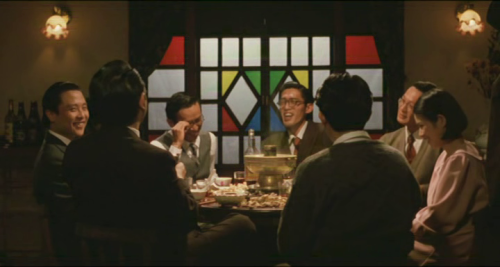
Hou Hsiao-Hsien’s Taiwanese historical drama tells the story of the Lin family, whose story is representative of a collective autobiography, as they deal with suppression, violence and terror following the February 28 Incident and the Kuomintang government’s tragic “White Terror” period in Taiwan, when thousands of its inhabitants died, vanished or were imprisoned for four decades from 1949 to 1987.
This made Hsiao-Hsien the first filmmaker to deal openly with the KMT’s authoritarian misdeeds after its takedown, as well as a leading figure in the New Cinema Movement.
The complex narrative structure follows the intricate lives of four brothers – the eldest, Wen-heung (Sung Young Chen) is in charge of the family businesses, including a shady trading company and a restaurant, “Little Shanghai.” Drafted by the Japanese, the second oldest brother, Wen-sun, is constantly mentioned but never appears due to his disappearance in the Philippines.
The third brother, Wen-leung (Jack Kao), returns home with psychological problems after working for them as a translator and getting into trouble with gangsters. The youngest brother, Wen-ching (Tony Leung Chiu Wai), is deaf and mute – initially thought up as a way to disguise Leung’s inability to speak Taiwanese or Japanese.
However, it emphasises Wen-ching innocence and his punctuated silence (since he communicates through notes), highlights Hsiao-Hsien’s beautifully delicate sense of pace.
Generally recognised as a masterpiece and the first Taiwanese film to win the Golden Lion award at the Venice Film Festival, the film marks the first instalment in Hsiao-Hsien’s trilogy of films that deal with Taiwanese history, which also includes “The Puppetmaster” (1993) and “Good Men, Good Women” (1995).
7. The Royal Tenenbaums (2001)
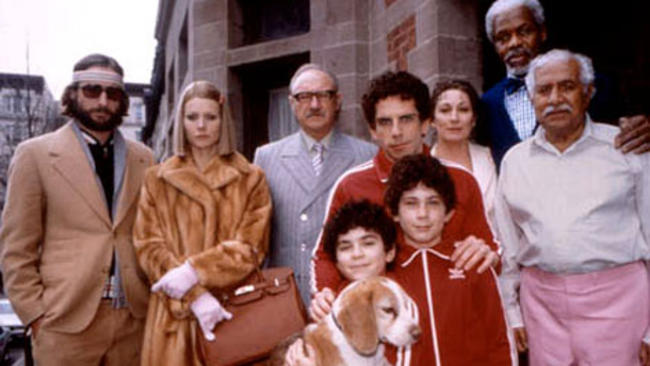
This depressive dark comedy is Wes Anderson’s third feature film which earned him and his frequent co-writer Owen Wilson an Oscar nomination for their screenplay. Highlighted by an ensemble cast, the head of this dysfunctional family is Royal Tenenbaum (Gene Hackman in his Golden Globe winning role) whose favouritism, insensitivity and narcissism leads him to be the central antagonist of his family.
Hated by his wife Ethaline (Angelica Huston) and all of his once-genius children, he attempts to reconnect after 22 years – for completely selfish reasons since he has been kicked out of the hotel where he has been living and has learnt that Ethaline has become engaged to her co-worker (Danny Glover).
However, once Ethaline refuses to speak to him, he claims to have stomach cancer so as to be accepted back into her and his children’s lives.The three adult children now deal with depression individually. Especially when compared to their successful childhood where they were all prodigies, their lives have become empty and un-extraordinary.
Chas Tenenbaum (Ben Stiller) is the math and business genius who bred Dalmatian mice and sued his father and had him disbarred after Royal stole from him when he was 14. Although still professionally successful, his life plateaued after his wife died in a plane crash.
This subsequently made him obsessive and extremely overprotective about the safety of his two sons. His sister, the award-winning playwright Margot (Gwyneth Paltrow) is shown as always having been sulky and sad, despite her early critical success. She was adopted and is always referred to as such by Royal, being made to feel that she is not actually part of their family. Incredibly secretive, she hides her true self from everyone she knows, including her neurologist husband (Bill Murray).
The last child in the Tenenbaum clan is Richie (Luke Wilson), a tennis prodigy and amateur artist (who only draws pictures of Margot). His successful tennis career fails after he suffers a major nervous breakdown. He isolates himself by travelling around the world on a ship for many months, only keeping in touch with his childhood friend (who always wanted to be part of their dysfunctional family) Eli Cash (Owen Wilson).
Another one of Anderson’s films which deals with sibling relationships is “The Darjeeling Limited” (2007), starring Owen Wilson, Adrien Brody, and Jason Schwartzman as brother trying to find their mother, played once again by Huston.
6. Ran (1985)
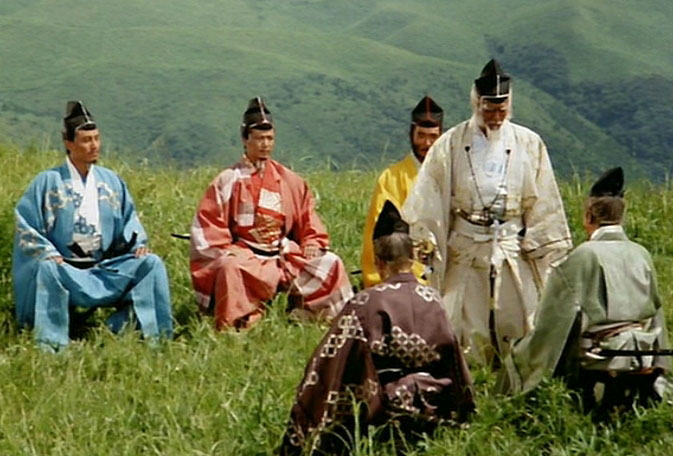
Akira Kurosawa’s Japanese-French jidaigeki epic story is adapted from Shakespeare’s tragedy “King Lear”, combined with an ancient Japanese legend of three arrows. Lear’s daughters are now sons who strive for revenge in the Sengoku era.
The film follows aging warlord Hidetora Ichimonji (Tatsuya Nakadai), who decides to abdicate as ruler and divide his kingdom among his three sons: Taro (Akira Terao), Jiro (Jinpachi Nezu), and Saburo (Daisuke Ryu).
Taro, the eldest, will receive the prestigious First Castle and become leader of the Ichimonji clan, while Jiro and Saburo will be given the Second and Third Castles and support Taro. Hidetora lectures them that one arrow by itself is severely fragile, while three arrows united are much harder to break and therefore much stronger than one simple arrow.
However, Saburo breaks the arrows and mocks his father, leading to his banishment. Sibling rivalry is not only stemmed by the vacuum of power, but also by the curious Lady Kaede (Tatsuya Nakadai), who was forced to marry Taro after Hidetora massacred her entire family. Her fierce defiance turns into vengeful insanity as she manipulates Jiro into getting what she wants.
Made at the time Kurosawa was turning seventy-five and was losing his eyesight, “Ran” has often been cited as one of his finest achievements, and one of the best films ever made. With a budget of $11 million, it was also the most expensive Japanese film ever produced up to that time.
Kurosawa’s last epic nominated for a Golden Globe for Best Foreign Language Film and Academy Awards for art direction, cinematography, and direction, and also won an Oscar for costume design.
5. Whatever Happened To Baby Jane? (1962)
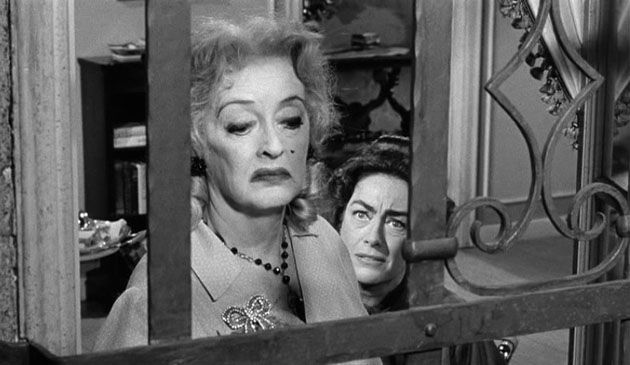
Robert Aldrich’s epic Hollywood psychological thriller, based on the 1960 novel of the same name by Henry Farrell, follows two aging actresses and sisters Jane (Bette Davis) and Blanche Hudson, and their spiral into madness while living in a decaying movie star mansion.
In 1917, Jane was a famous child star known as “Baby Jane”, but by 1935, her transition into an adult actress has failed with many flopped films under her belt. However, Blanche has achieved stardom, leading Jane to drink heavily and begin to despise her. Jane’s rivalry leads to an accident where Blanche becomes paralysed and unable to continue acting.
The film, set in 1962, follows the bitter Jane as she and their maid, Elvira (Maidie Norman), take care of Blanche, until Jane loses control.
The intensely bitter rivalry between the actresses, Davis and Crawford, was heavily important to the film’s initial success. It was later nominated for five Academy Awards, including an Oscar for Best Actress (Davis), as well as winning one for Best Costume Design, Black and White.
4. The Celebration (1998)
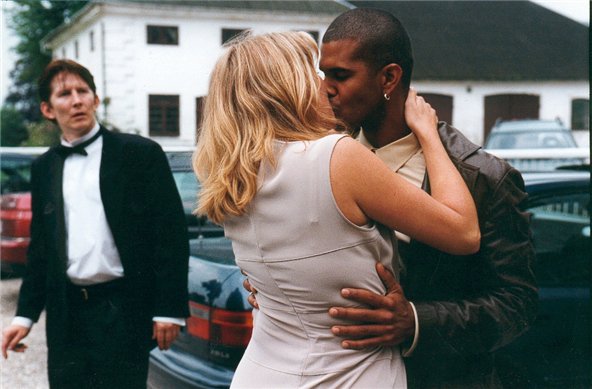
Also known as ‘Festen’, this Danish drama was the first film created under the Dogme 95 rules which served to purify filmmaking by refusing technical special effects, post-production modification and basically anything that could alienate the viewer and distract them from the realism of the story and the actors’ performances.
Thomas Vinterberg’s film follows a family as they celebrate their father Helge’s (Henning Moritzen) 60th birthday at their family-run hotel with many of his and his wife’s (Birthe Neumann) friends. As everybody arrives at the hotel and the celebration dinner commences, the children adjust to being at the place where their sister, Linda, had recently committed suicide.
During dinner, Linda’s twin brother, Christian (Ulrich Thomsen) makes a speech that reveals the truth about their father, to which everybody including his younger sister, Helene (Paprika Steen) and brother, Michael (Thomas Bo Larsen) ignore and continue celebrating Helge’s birthday as if nothing happened. The evening spirals into a long, tragic night of frustration, accusation and revelation until they join back together in silence for breakfast.
3. The Godfather Part II (1974)

Francis Ford Coppola’s epic crime drama, partially based on Mario Puzo’s 1969 novel “The Godfather”, is both a sequel and a prequel to its predecessor as it continues Michael Corleone’s (Al Pacino) story from 1958 as he settles in as the new Don of the Corleone crime family, but also sequentially flashes back to the early 1900s and follows a young Vito (Robert DeNiro) from his early traumatic childhood in Sicily, his trip to America, and the founding of his enterprise in New York City.
Part II’s darker and more profound contemplation on power’s effects and its corruption into decaying morality is highlighted by Michael and his older brother Fredo’s (John Cazale) complex relationship which deteriorates into burning jealousy and cold betrayal.
After an assassination attempt on Michael’s life, he suspects business partner Hyman Roth (Lee Strasberg) and Roth’s right-hand man, Johnny Ola (Dominic Chianese) to be the culprits.
However, he is still unaware of who their inside man is – until he catches Fredo in a lie about never having met Ola before – eventually leading to one of the most quoted lines in movie history – “I knew it was you, Fredo. You broke my heart. You broke my heart.”
Both this film and its predecessor remain highly influential films in the gangster genre. The American Film Institute ranked it as the 32nd-greatest film in American film history. Nominated for eleven Academy Awards, “The Godfather Part II” was the first sequel to win Best Picture. It also won Oscars for Best Director (Coppola), Best Supporting Actor (De Niro) and Best Adapted Screenplay (Coppola and Puzo).
Pacino won the BAFTA Award for Best Actor and was also nominated for the Academy Award for Best Actor. A later sequel, “The Godfather Part III” was released in 1990.
2. Pather Panchali (1955)
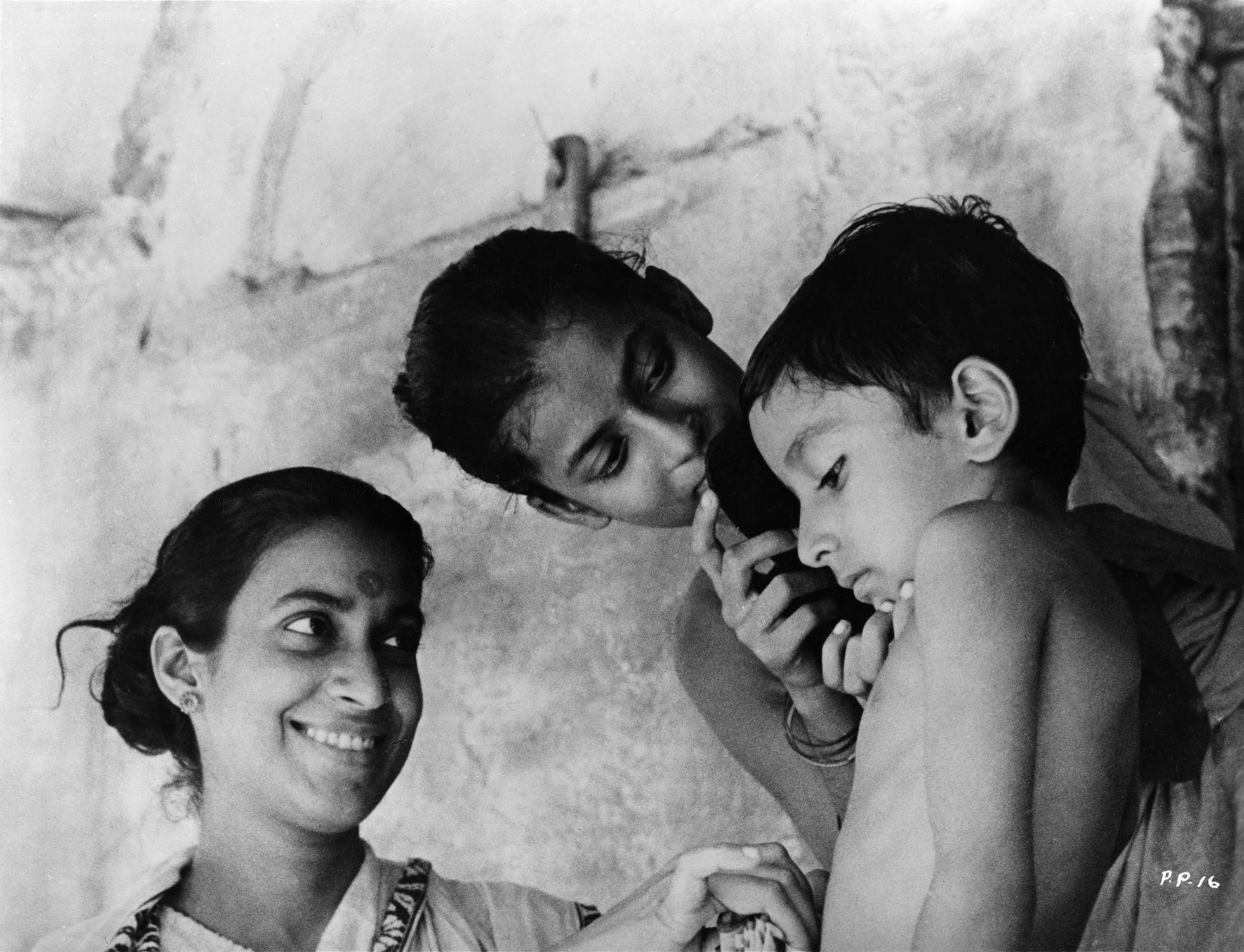
Also known as “Song of the Little Road”, Satyajit Ray’s Bengali film marks the beginning of his world renowned “The Apu Trilogy”, and followed by “Aparajito” (“The Unvanquished”) (1956) and concluding with “Apur Sansar” (“The World of Apu”) (1959). The films are based on two classic Bengali novels written by Bibhutibhushan Bandopadhyay.
Shot in natural settings with non-professional actor and made in a shoestring budget, this coming of age film revolves around a young boy named Apu (Subir Bannerjee) and his older sister Durga (Uma Das Gupta) who live in a small Bengali village with their parents – Harihar Roy (Kanu Banerjee) and Sarbajaya Roy (Karuna Banerjee) – and an aged, crooked old aunt who expresses a keen interest in fruit.
Living in the cusp of poverty; their lives are spent stealing fruit, running after the whistling train, seeing plays and asking for money for candy. They, like any siblings, have their fights over territories, but they look after each other – whether it is Durga protecting him from rain, or Apu signalling his sister to go away when their mother wants to scold her.
The trilogy, as a whole, is a milestone in Indian cinema for its realism and remains one of the most acclaimed works in the Parallel Cinema movement. Satyajit Ray completely altered Western notions of Indian cinema, which were mostly dominated by formulaic musicals.
1. Cries & Whispers (1972)
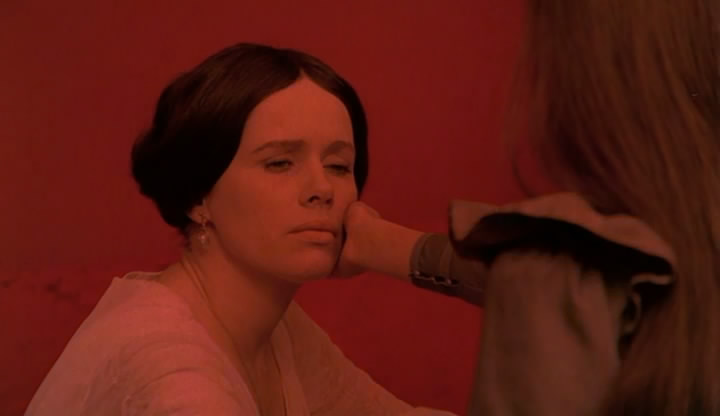
Ingmar Bergman’s Swedish film follows the final days of the cancer-ridden Agnes (Harriet Andersson) as her two distant sisters, Maria (Liv Ullmann) and Karin (Ingrid Thuklin), return to her side and struggle to take care of her. Set at the end of the 19th century and full of saturated crimson, the film is host to many traditional Bergman themes like complex female characters and redemption.
The autumnal masterpiece glimpses into each of the women’s’ pasts, including the loyal, deeply maternal maid Anna (Kari Sylwan), to discover their fears and insecurities in private moments of extreme emotion. Maria is superficially warm and shallow as she cheats on her husband and is not even remorseful for her actions.
Karin is even more emotionally and physically restrained as she mutilates herself in an intimate place and smears her blood onto her face so as to ensure her husband won’t touch her. They do not get along, but mirror each other with regards to their anticipatory grief for their dying sister.
Bergman’s long time cinematographer, Sven Nykvist, manages to intensify the actresses’ brooding presence through manipulating colour. Crimson finds its way into the screen through everything from furnishings to fadeouts. The rich red is so unnaturally prominent so as to represent its associations, like blood and death.
Bergman himself describes it “as a membranous red” and explained that he had imagined the human soul to be this shade. It received nominations for five Academy Awards. These included a nomination for Best Picture, which was unusual for a foreign-language film, as well as a win for Best Cinematography.